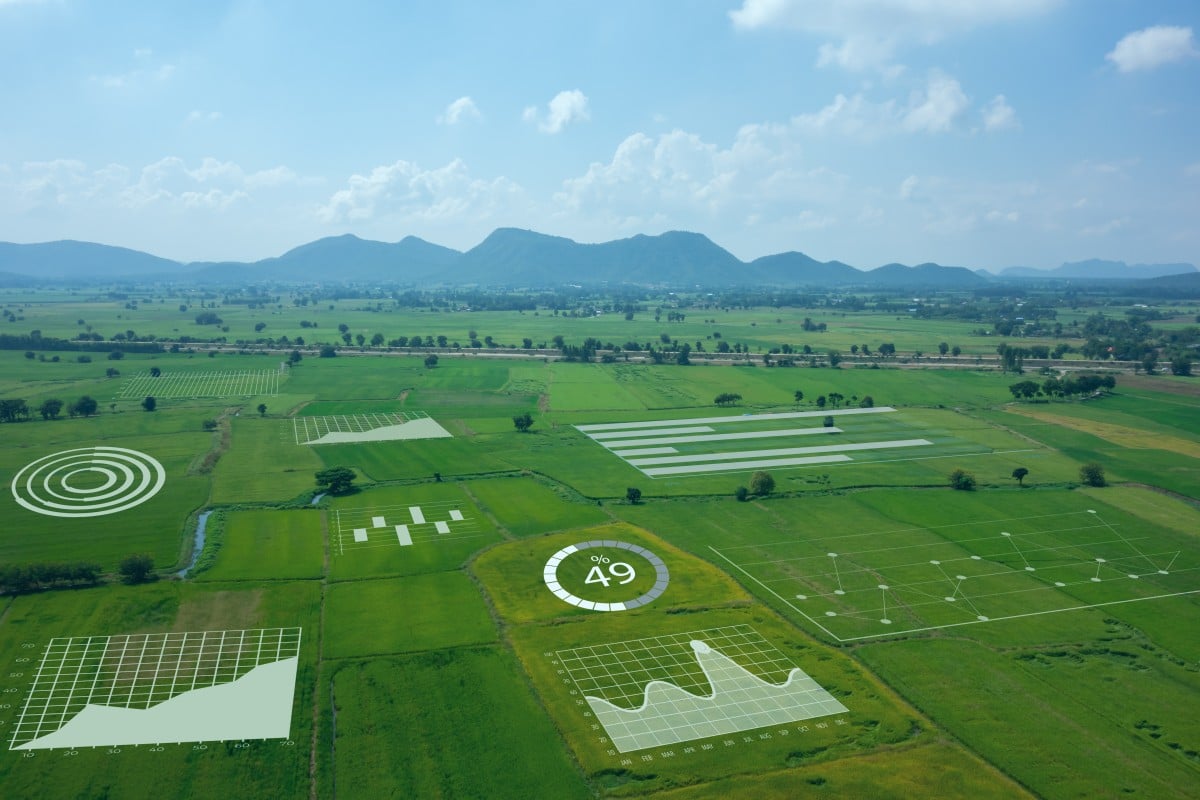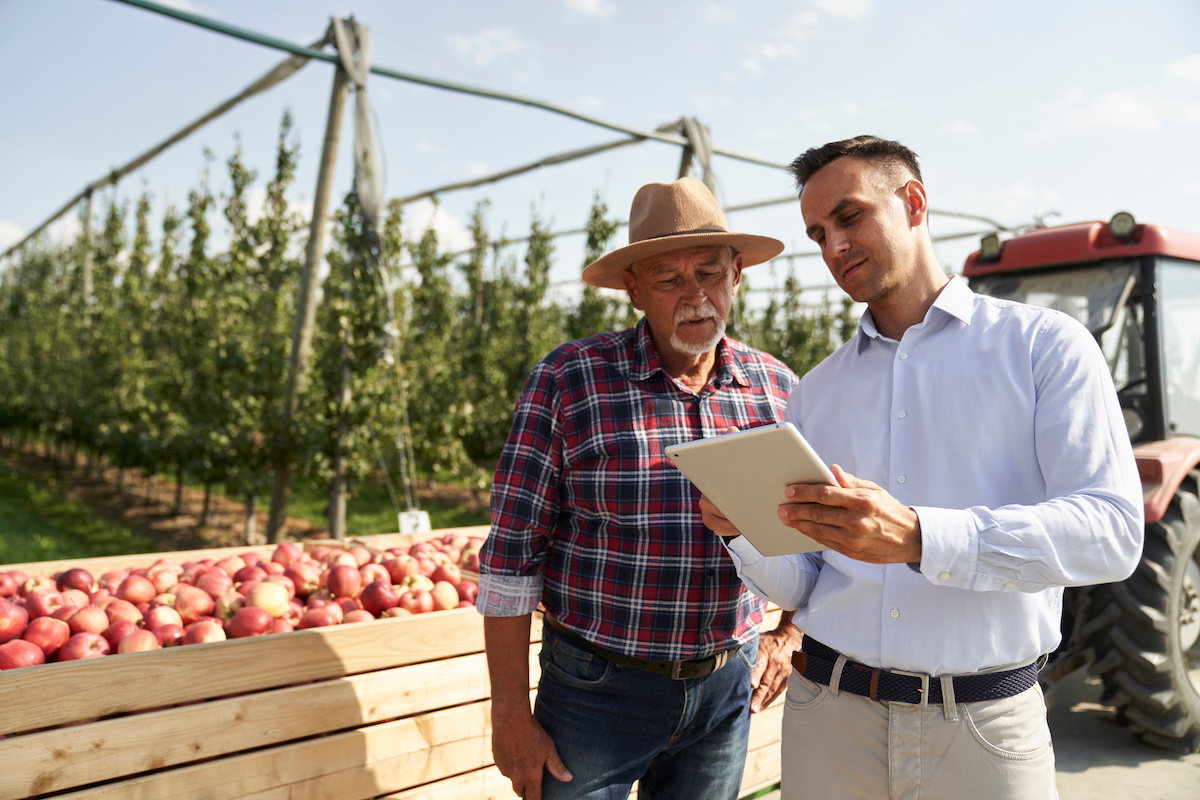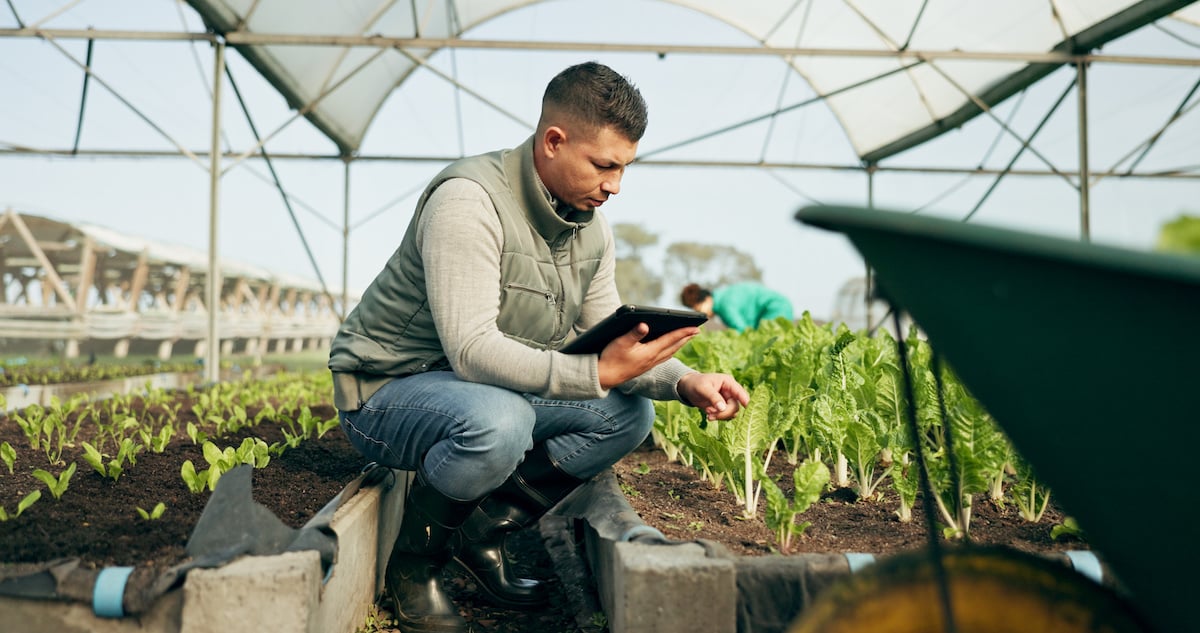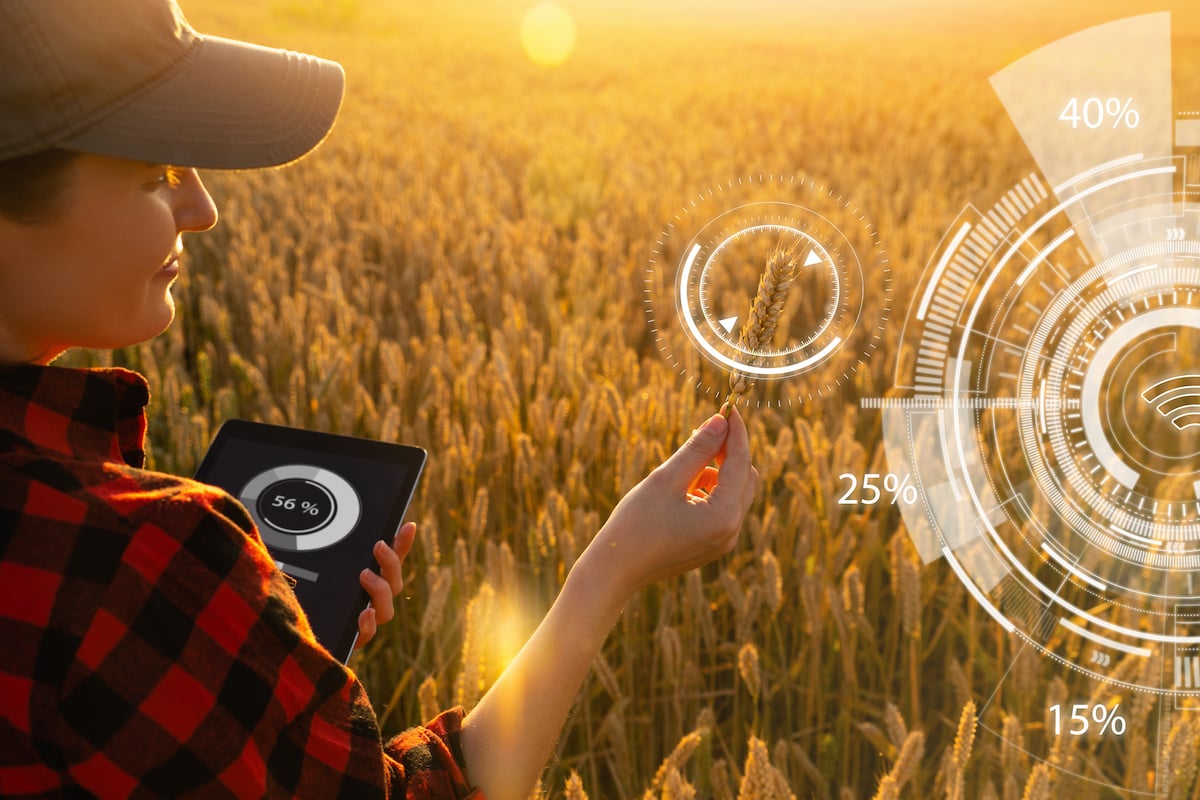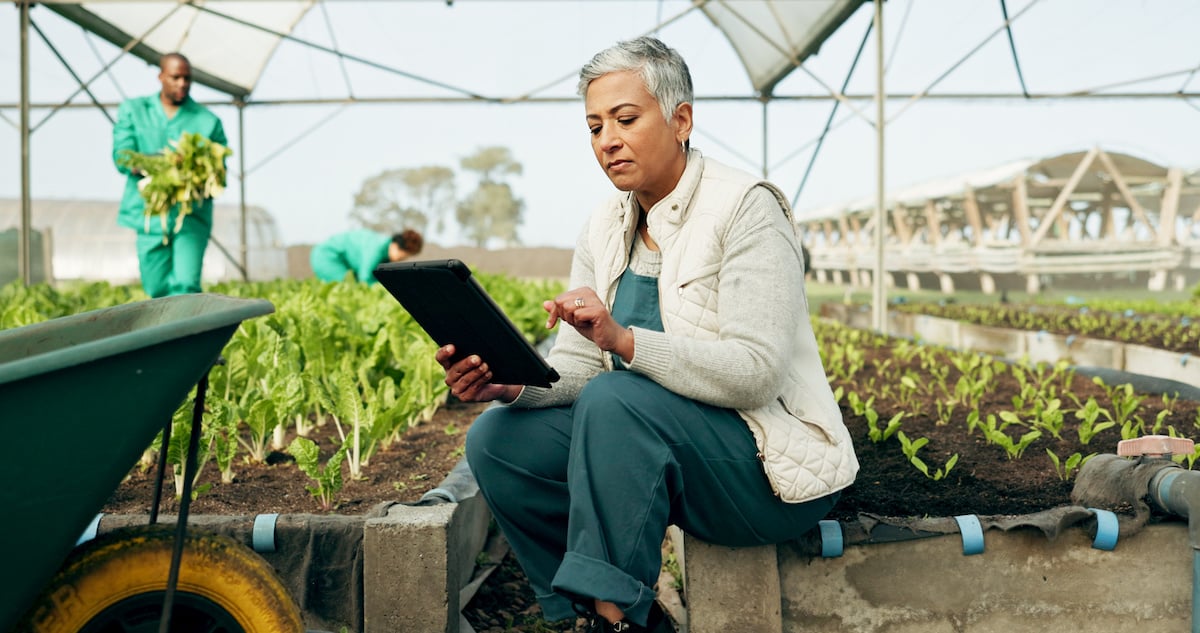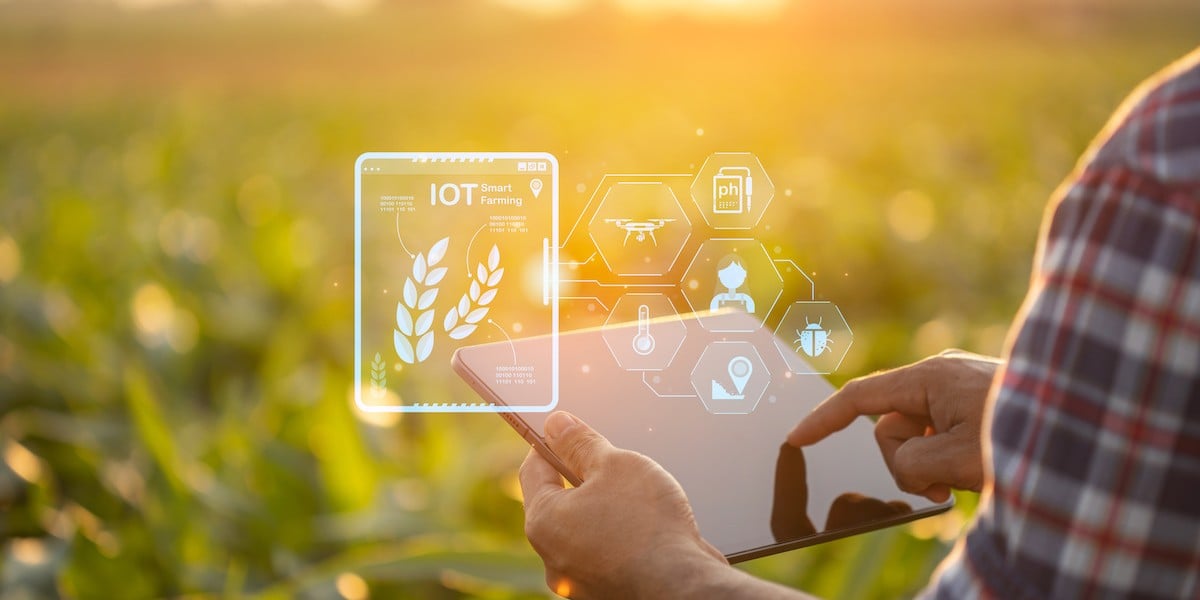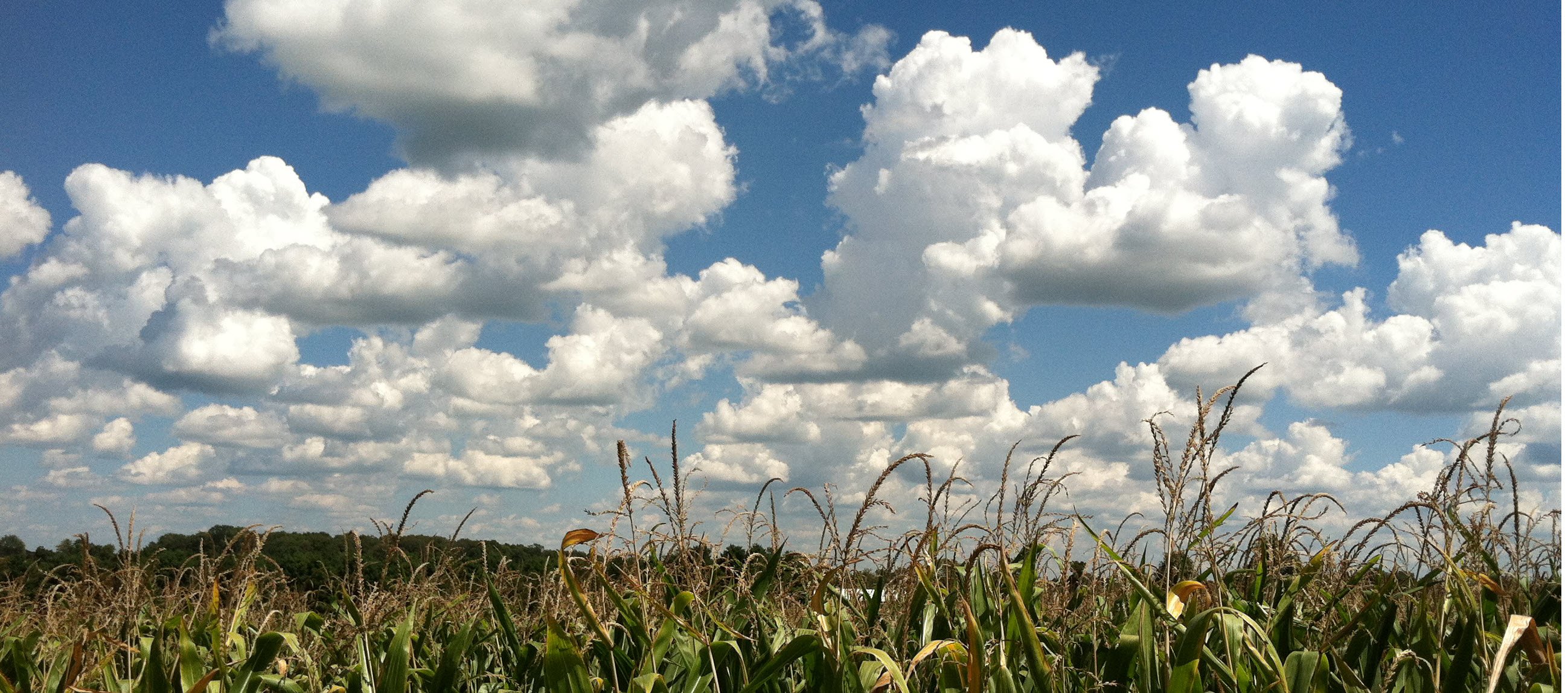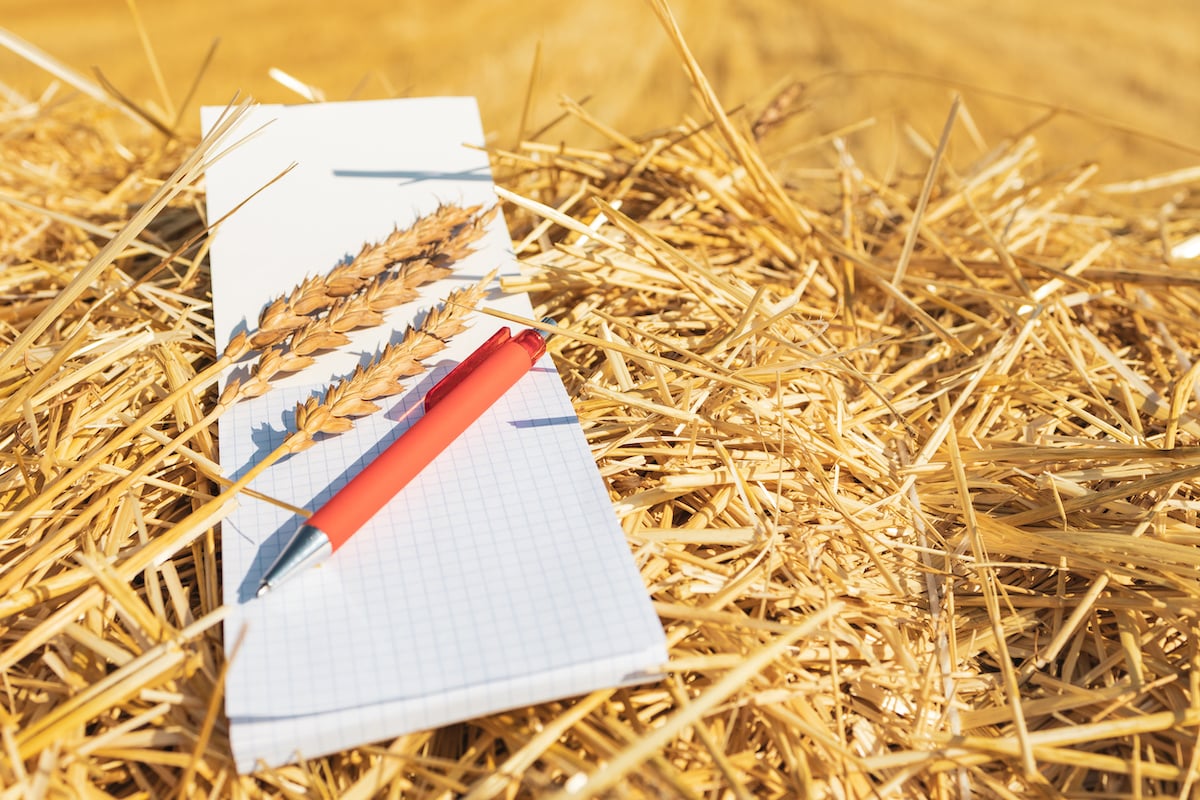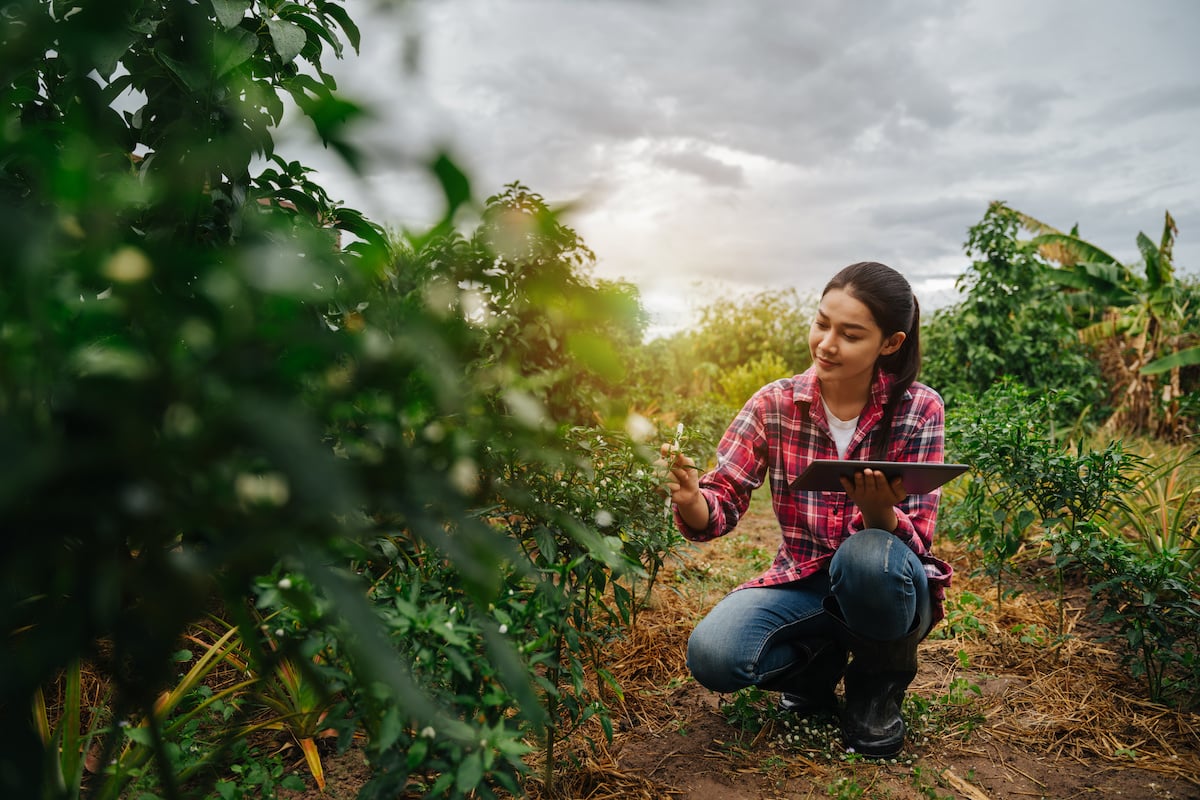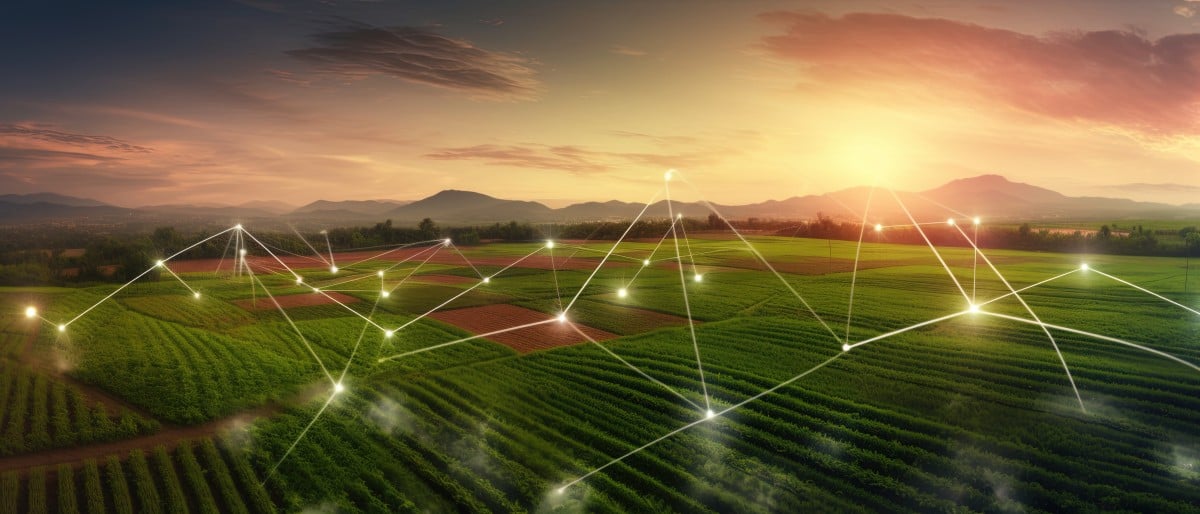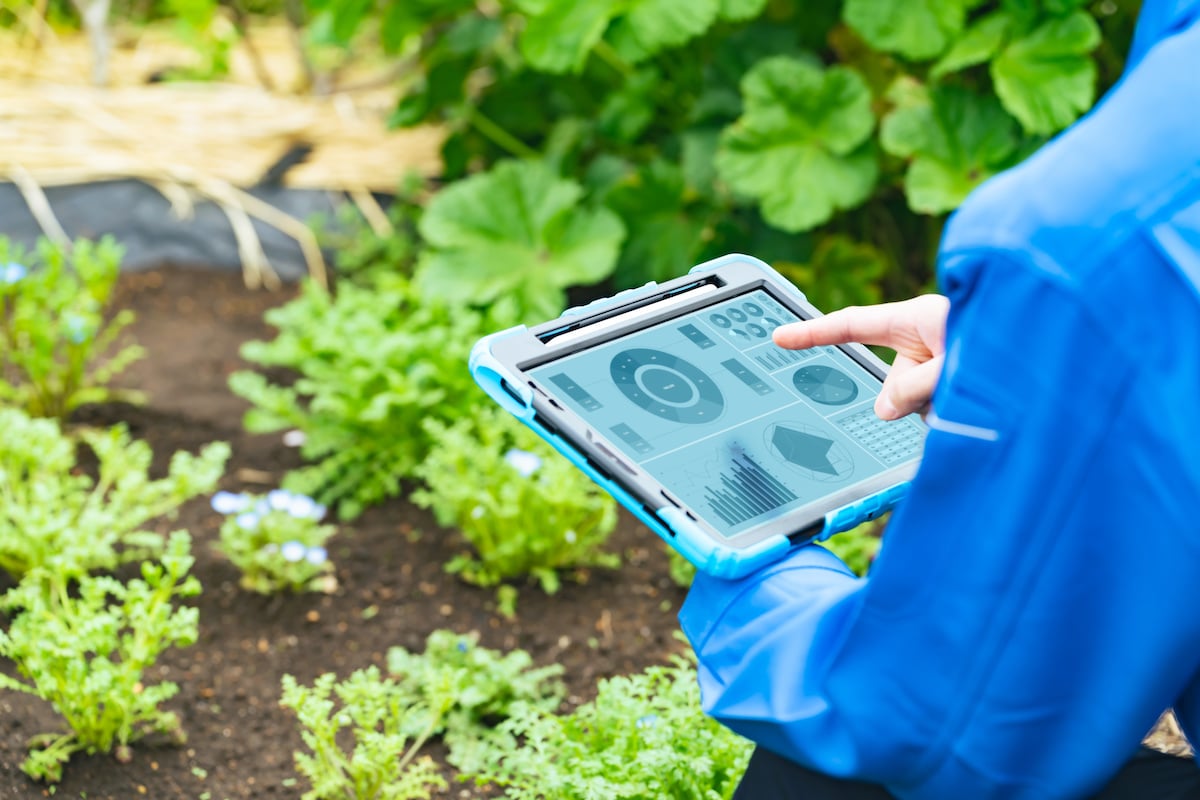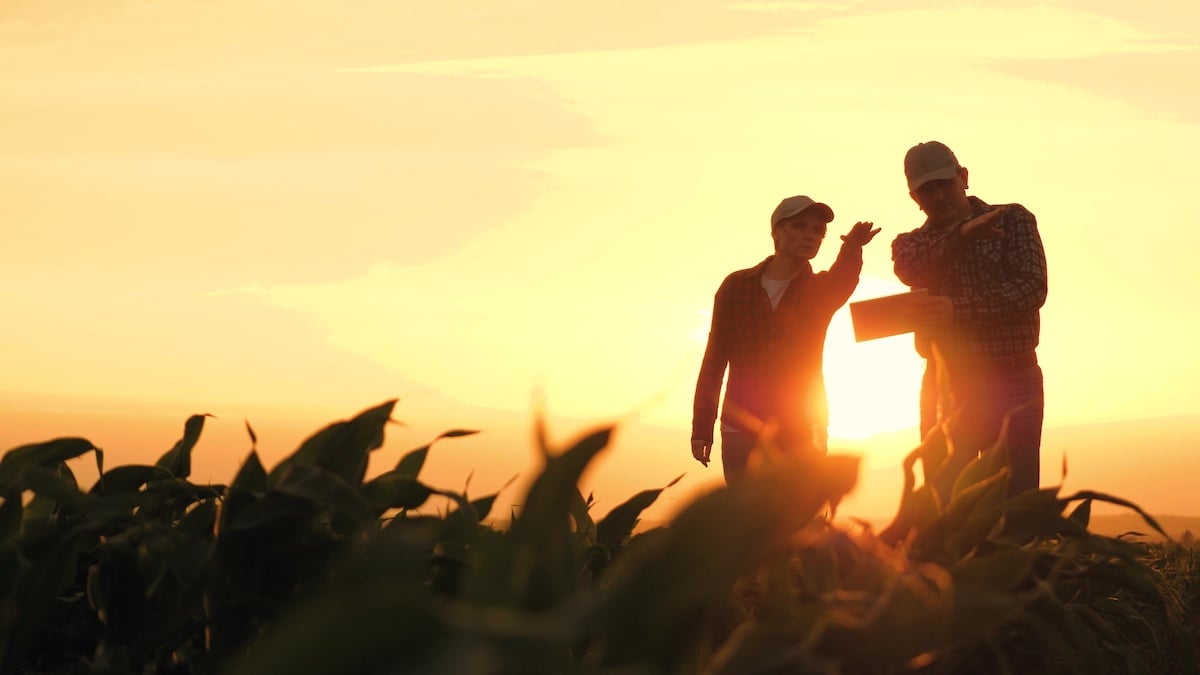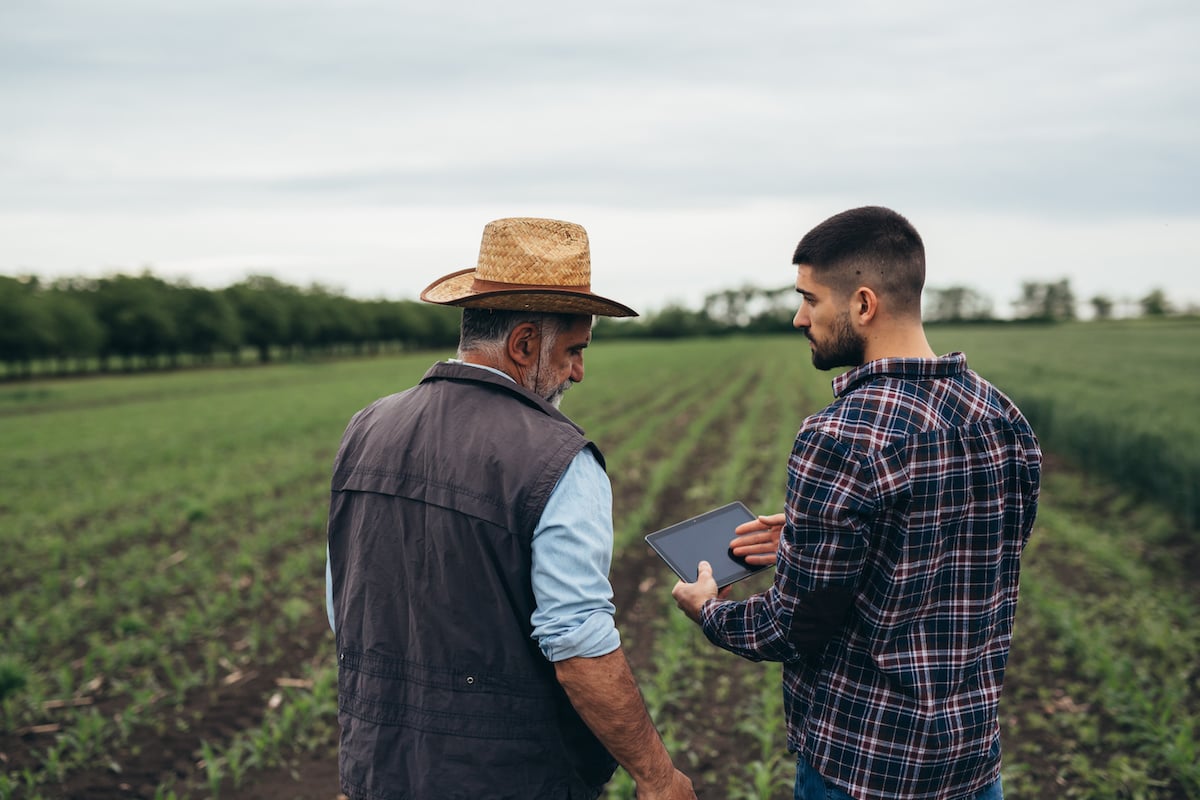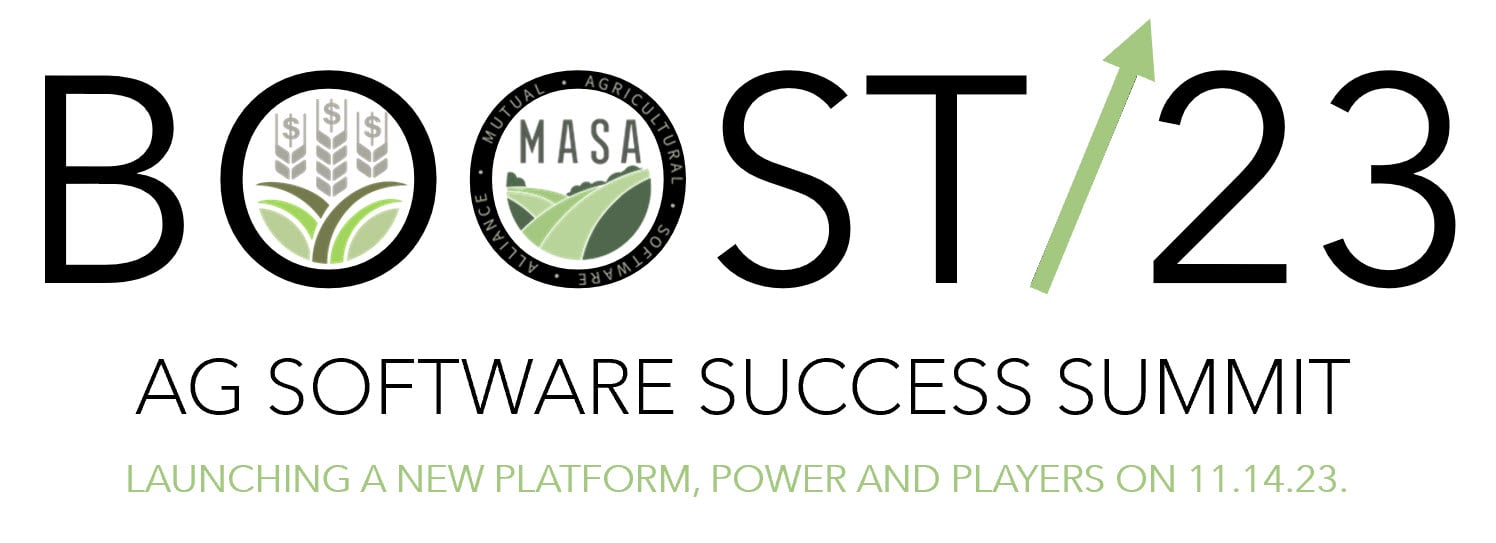Farms don’t exist in isolation; they’re part of a system with multiple variables that impact crop growth, livestock viability, and farm profitability. That ecosystem is carefully monitored as any change in any single variable ripples throughout a farm’s operations and management. For centuries, a failure to predict the impact of those changes or even forecast them could be catastrophic for a farmer. Thankfully, ag tech has grown by leaps and bounds meaning we have the capacity to understand far more about our land, our crops, our livestock, and our operations than ever before. That understanding and the leveraging of that data leads to farm profitability.
Quick Links
What is Ag Tech?
Ag tech or agricultural technology includes all of the technology farmers and ranchers use to improve growth, both financially and in the field/yard. From hardware and software, ag tech supports efficiency and profitability by helping farmers and farm managers monitor and manage all aspects of agricultural business.
Benefits of Ag Tech
While the most obvious benefits are noted above, ag tech does much more than increase efficiency and profitability. The right ag tech used the right way can also help:
- Increase team productivity
- Increase CROP YIELDS
- Improve animal welfare
- Track livestock health
- Track imports and exports
- Monitor vendor relationships
- Reduce environmental impacts and improve land use
- Optimize fertilizer, pesticide, and water usage to save costs
- Reduce farm runoff
- Improve worker safety
- Prepare budgets based on real YOY data
- Provide a single solution for financial planning and farm management
Ag tech is changing the way farmers and farm managers look at the business of agriculture. Much like other industries where the digital revolution has improved efficiency, safety, and stability, all while reducing costs, ag tech promised to do the same and is delivering for those willing to adopt and adapt to technology on the farm.
Ag Tech Use Cases
Given potential for ag tech to make improvements in every area of farm and ranch management, understanding use cases and how you can apply the technology to your operation is key. It’s the first step in making a digital investment and seeing a significant return.
Environmental and Livestock Monitoring
The name of the game when it comes to the value of ag tech is really about the amount of data you’ve got at your fingertips. The Internet of Things (IoT) delivers real time data to farmers from anywhere and everywhere on the farm, enabling farmers and ranchers to be responsive to needs, improving efficiency and decreasing costs.
In the past, gathering the kind of data you can gather from ag tech was time consuming, laborious, and relied, often, on years experience working the same land. In contrast, today’s technology can provide a ton of information about soil, air, water and crop conditions. Similarly, you can track and monitor livestock location and health.
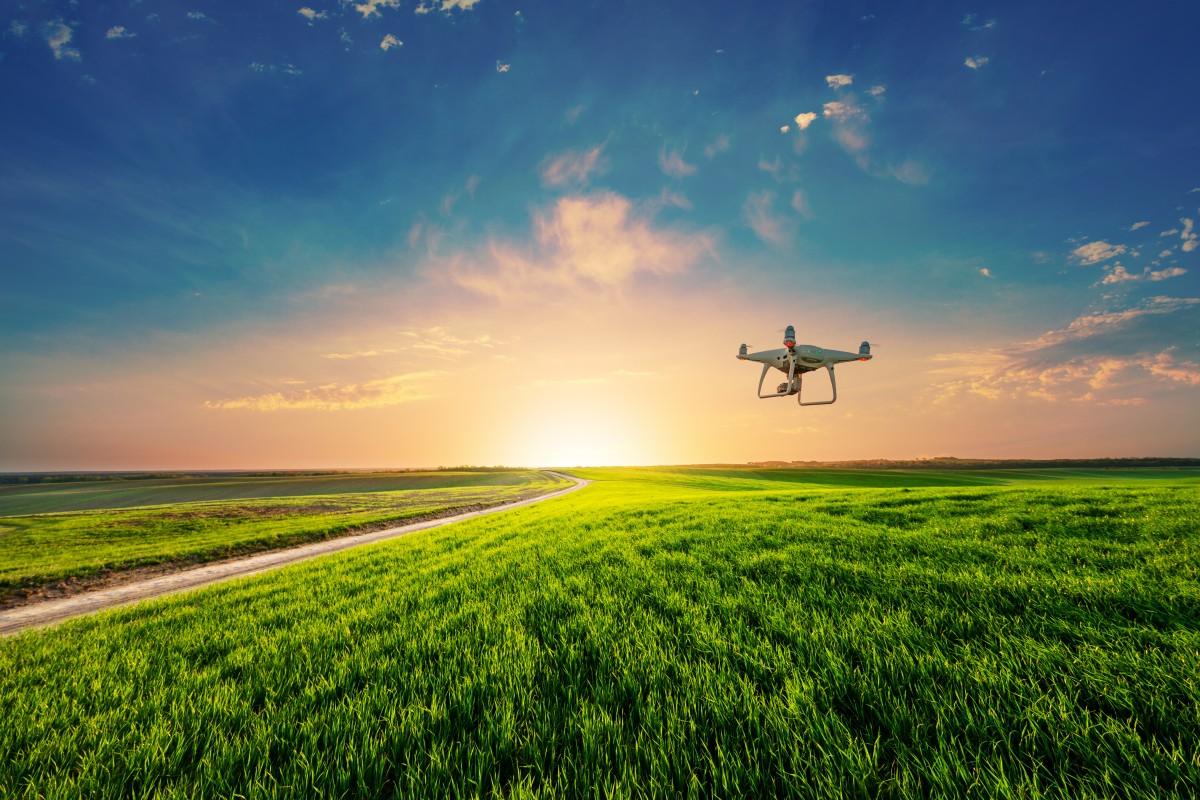
Drones
One significant tool in monitoring your land and livestock is the introduction of drones. Again, covering a large operation takes considerable time, especially when trying to get a complete view of conditions,especially if they’re changing rapidly or you’re responding to a disaster. Being able to cover a lot of land, quickly, is a huge asset when it comes to land management and drones have made that easier and more affordable.
Weather Stations
It’s no secret that farmers and ranchers are at the mercy of the weather and, in large operations, taking the time to travel and gather information on field conditions is time consuming. Weather stations can report back on everything from humidity to wind and sun exposure. In turn, you can better prepare and adjust to reduce resource consumption, limit erosion, and improve crop or livestock performance and health.
Variable Rate Application (VRA)
VRA technology allows farmers to automate the application of a variety of products in different areas and for those applications to be directly connected to collected data. For example, soil data may reveal that one area is in need of more fertilizer while neighboring soil does not. VRA tech allows a farmer to automate the application of fertilizer to meet the needs of both soils.
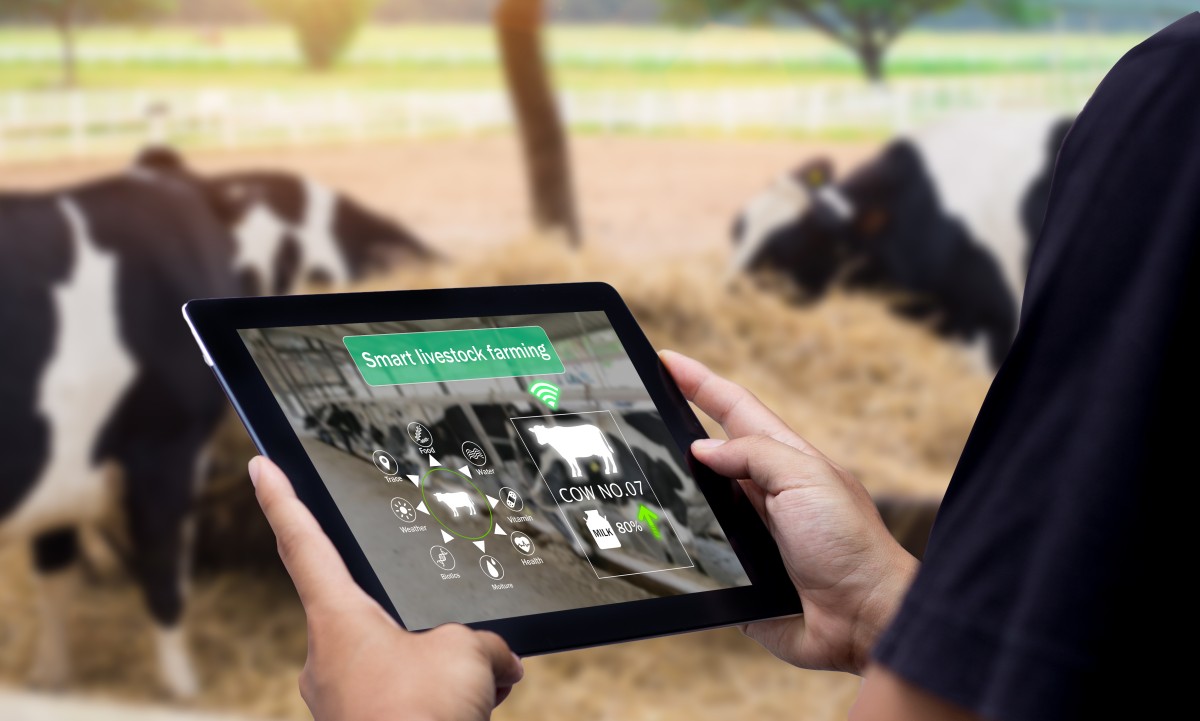
Animal Feed Stations
The cost of feed and livestock nutrition are notorious for being a large portion of the cost of production on livestock farms and ranches. Managing feed and avoiding overfeeding are, therefore, a great way to lower costs. Knowing how to manage feed, optimizing nutrition, and reducing bunk refusal requires data regarding feeding needs. As with other processes this can be complex when done manually, but ag tech promises to deliver the data you need to improve feeding issues and lower costs.
Building Monitoring
It’s not just your land that needs monitoring. Outbuildings, livestock facilities, barns, and sheds store valuable equipment and resources from feed to fertilizer and seed. For that reason, close environmental monitoring is needed in those spaces as well. Extreme temperatures or water (flooding or humidity) can compromise the integrity of a variety of goods on the farm and protecting them is vital.
Automated and Smart Farm Vehicles
Smart cars aren’t just on the roads, they’re also in the fields. Modern farm vehicles come equipped with technology that takes the time and guesswork out seed row distance and planting pressure. Consistency, quality, and efficiency are vital to the planting and harvesting process and smart farm vehicles offer huge benefits.
Moving forward, the promise of driverless vehicles on the horizon offers further potential benefits like saving time, human resources, and money while ensuring reliable crop production processes.
Administration and Management
Let’s close with one of the most important places on the farm, and one that plays a key role, but easily becomes overwhelming– the back office. You’re collecting important data, but data isn’t useful unless you have a way to analyze it. The right tools aren’t just in the fields, but also in
your office.
Management software allows you to visualize and report on all the data you’re gathering. Much like a banner crop which is only valuable if you’ve got the resources to harvest and get it to market, data isn’t useful if there’s no way to handle it. Farm management software allows you to begin the important task of predicting and forecasting to help you prepare for coming seasons, market shifts, and growth goals or stabilization. That preparation and your ability to adjust on the fly is what helps not only stabilize revenue, but increase profitability.
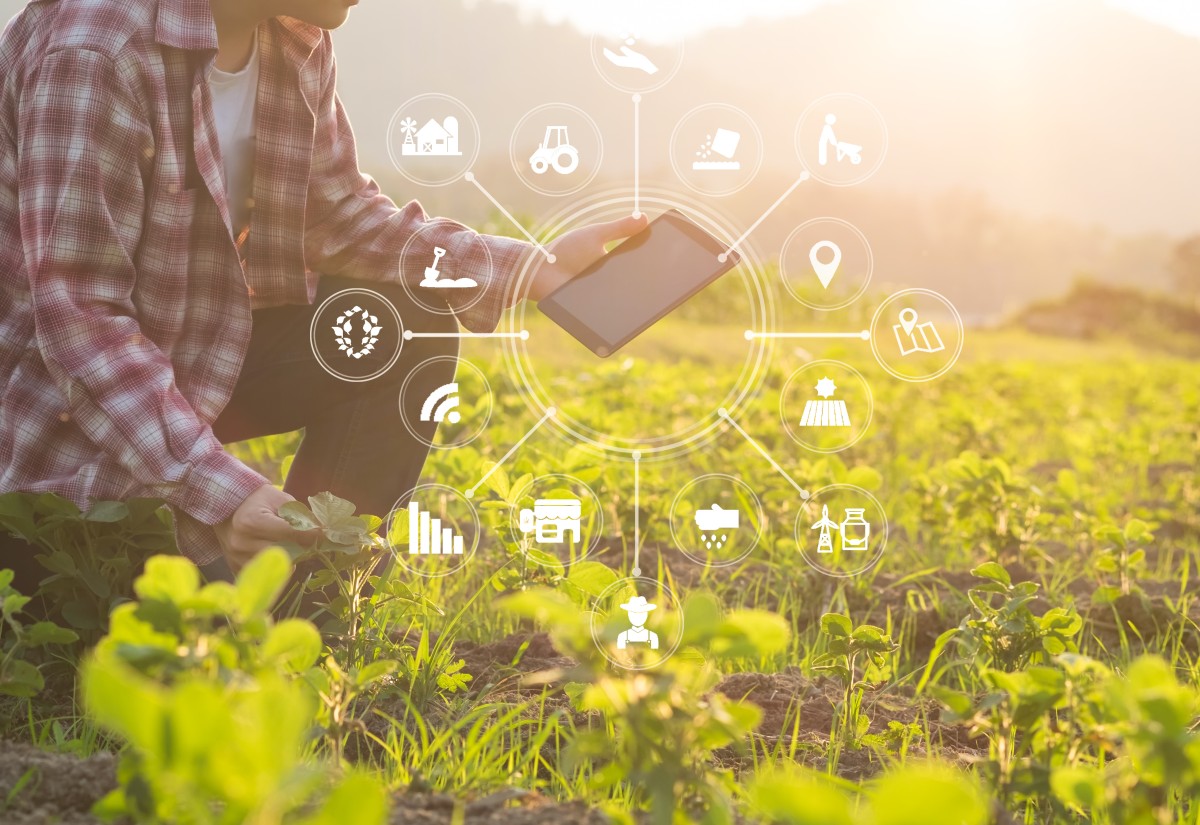
Ag Tech Improves Farm Profitability
The first changes to the agricultural industry came via advanced machinery that increased productivity and profitability. Farms and ranches adjusted to and invested in machinery, in large part, because it didn’t involve a perceived learning curve and reinforced the manual, hands-on, nature of farming. It’s always been about being close to the land, handling the crops and livestock, and being out in the open air.
But, we’re also dealing with different challenges from rapidly shifting markets to environmental shifts that mean we need, more than ever, every tool at our disposal to ensure the profitability of our farms and ranches.
While many farms have been slow to adopt, ag tech, particularly management and administrative tools that assist with budgeting, may be your best strategy for risk management. Having a deep understanding of performance year over year and knowing how to properly plan and prepare for coming changes, where to invest, and where you can safely cut back.
It’s simply more efficient, more effective, and less costly to make those adjustments based on streamlined data housed in a single solution that provides a holistic view of your operation. It’s one thing to have accounting software that helps with your books, but a better solution is software that doesn’t isolate your accounting from the rest of your activities.
If you’re ready to talk about how FBS System’s ERP solution can help your farm profitability, talk to the farmers who know accounting and understand your industry. Get in touch with our team today to discuss how we can transform your back office with ag tech that supports you and your farm.

